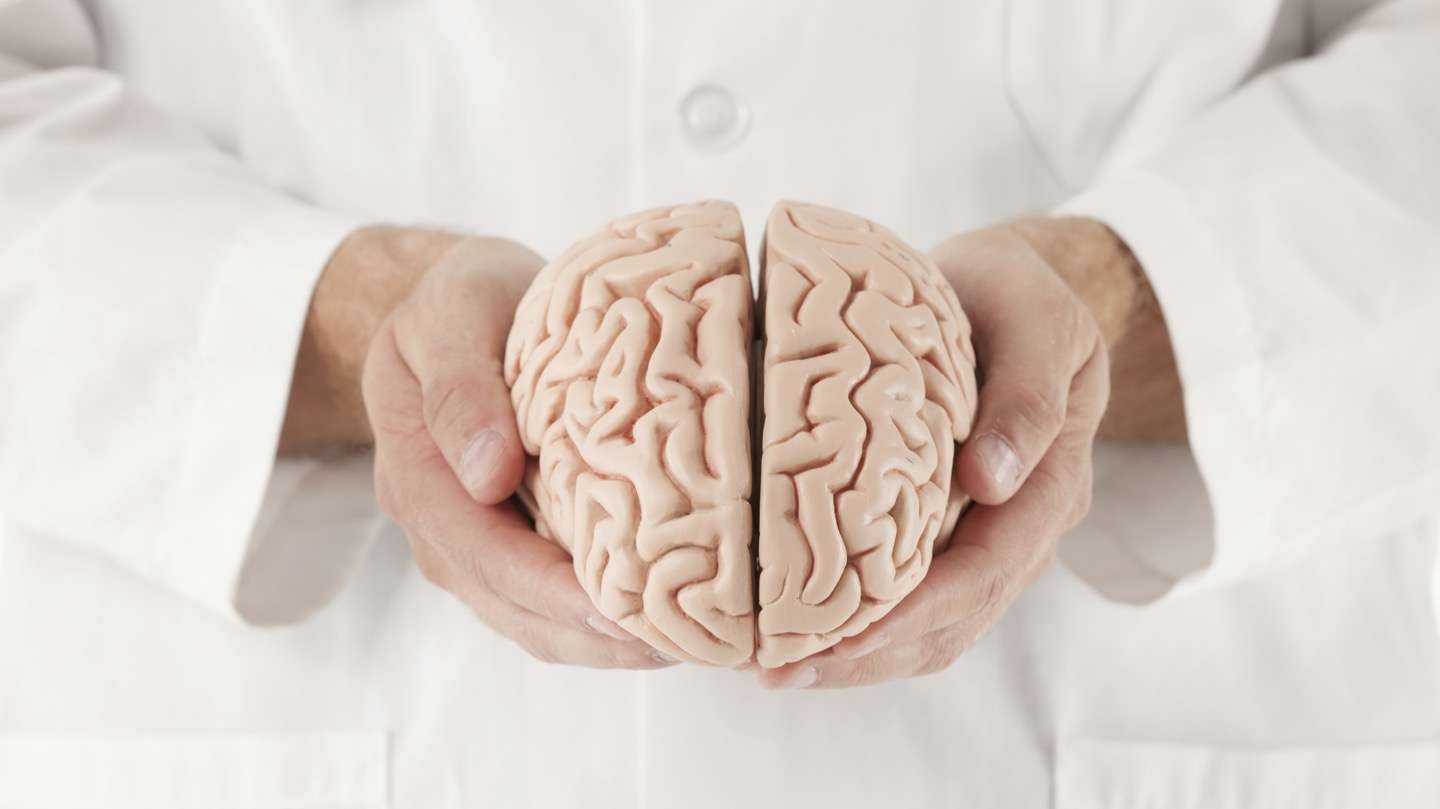Near-Infrared Light and Pain
Pain can be caused by many things, and inflammation is typically a component. Therefore, it is evident that reduced inflammatory processes play a significant role. Even accelerated healing makes a difference because it shortens the period during which the body needs to defend itself with pain. However, red light therapy also has an effect on chronic pain caused by something other than an acute injury. In fact, it seems to be primarily the near-infrared light (NIR), which penetrates deeply, that has the best pain-relieving effect. In a study that followed 40 patients for six years, a significant reduction in back pain was demonstrated, without any side effects (1). They used portable devices that emitted only NIR, but those with a small handheld device that also emits red light can use it. Red light, after all, does no harm and may even contribute to pain relief. In fact, one of the reasons for pain relief is an increase in endorphins, which is the body’s natural morphine but on the body’s terms, and it is stimulated by red light. A positive aspect of solely near-infrared light is that it is not visible to the naked eye, as it lies just outside the visible light spectrum. This means that a person who needs treatment among others can do so without disturbing them or attracting unwanted attention. Most slightly more advanced lamps have a function that allows you to choose one type of light or the other separately, so you can take an NIR treatment whenever needed. I see it as a direct alternative to pain-relieving medication; if you have moderate pain, I would argue that the effect is equivalent but without side effects. Using pain-relieving medication on a regular basis can lead to a lowered pain threshold and simply make you more sensitive to pain. If the pain is severe, you can also see that pain-relieving medication in combination with red light therapy is more effective than medication alone.
More Research on Pain and Red Light Therapy
If you are still not convinced that red light therapy is pain-relieving, here are more robust scientific pieces of evidence. In a large review article, they went through the research, and of the 22 studies, they could see that 19 showed an effect (2). They found that biochemical markers of inflammation and pain decreased, such as PGE2, Cox 2, IL-1-beta, and TNF-alpha. Moreover, oxidative stress, swelling, and bleeding decreased in a dose-related manner. The study also concluded that red light therapy was as effective as NSAID preparations (such as ibuprofen, naproxen, nabumetone, and acetylsalicylic acid), and that’s exactly how I see it. Do a red light treatment instead of popping pills. Healthier, cheaper, and safer. The article’s conclusion was that red light therapy can affect the inflammatory processes and that it was more effective to treat a bit longer and more intensively, so use the lamp locally on the painful areas and don’t be stingy with the treatment time. Exaggerations are, of course, not good, but since the treatment works while it’s ongoing, you will likely feel when it’s time to stop. Otherwise, use the panel for the maximum recommended treatment time, and do not exceed it for safety reasons. In one study, they could see that pulsation could be even a bit more effective in pain relief (3), which is logical because it actually penetrates deeper into our tissues.
- George D Gale, MBBS FRCA FRCPC DAAPM,1 Peter J Rothbart, MD FRCPC,1 and Ye Li2 Infrared therapy for chronic low back pain: A randomized, controlled trial. Pain Res Manag. 2006 Autumn; 11(3): 193–196.
- Jan Magnus Bjordal 1, Mark I Johnson, Vegard Iversen, Flavio Aimbire, Rodrigo Alvaro Brandao Lopes-Martins. Low-level laser therapy in acute pain: a systematic review of possible mechanisms of action and clinical effects in randomized placebo-controlled trials. Photomed Laser Surg. 2006 Apr;24(2):158-68. doi: 10.1089/pho.2006.24.158.
- Ana Paula Fernandes De Angelis Rubira 1, Marcelo Custódio Rubira 2, Lucas De Angelis Rubira 3, Josielli Comachio 4, Maurício Oliveira Magalhães 1, Amélia Pasqual Marques 1 Comparison of the effects of low-level laser and pulsed and continuous ultrasound on pain and physical disability in chronic non-specific low back pain: a randomized controlled clinical trial. Adv Rheumatol. 2019 Dec 17;59(1):57.



